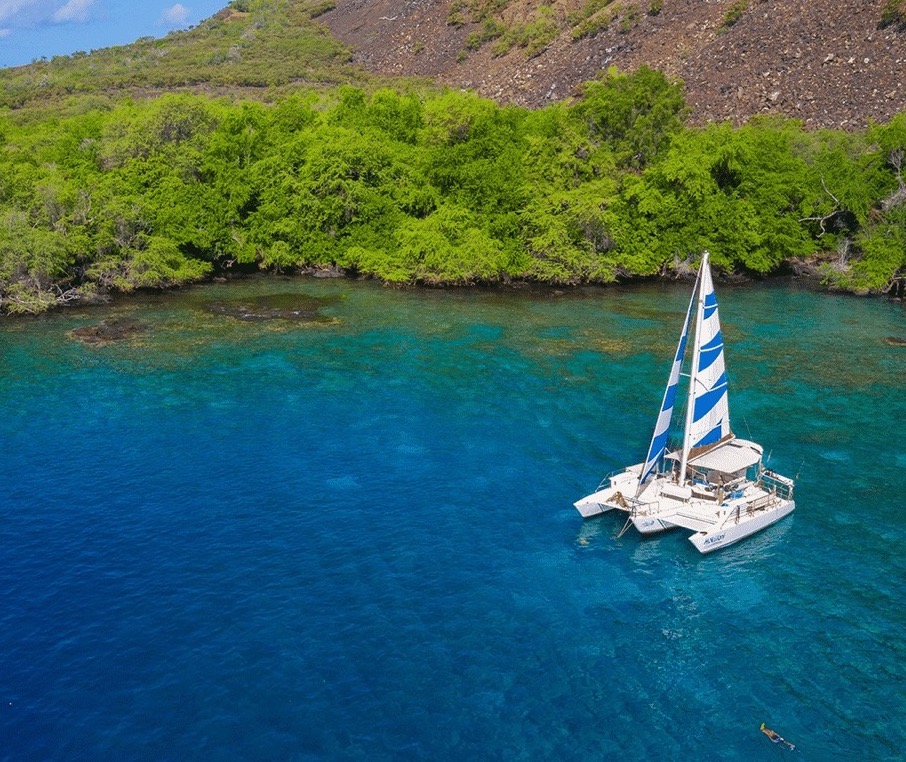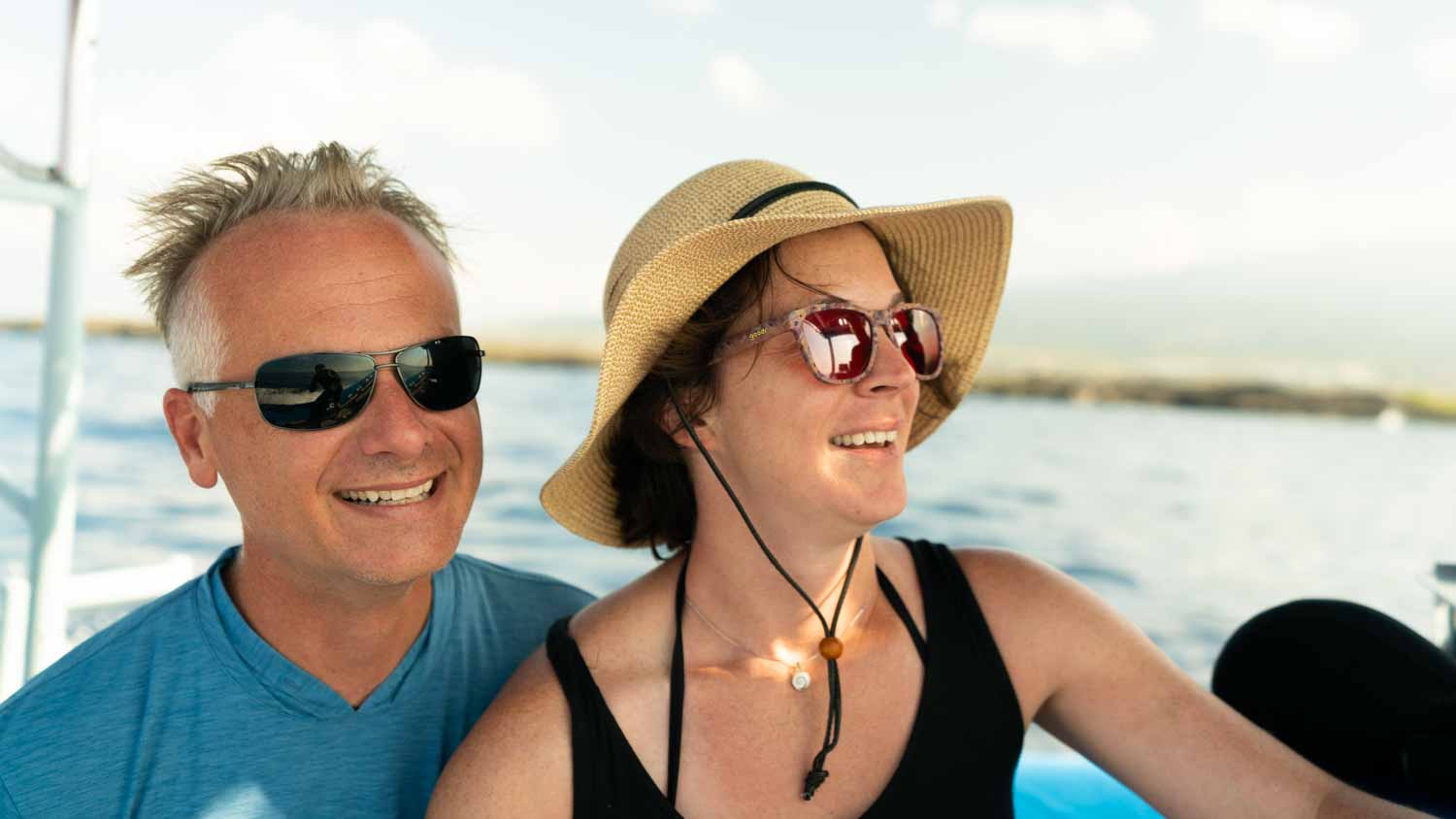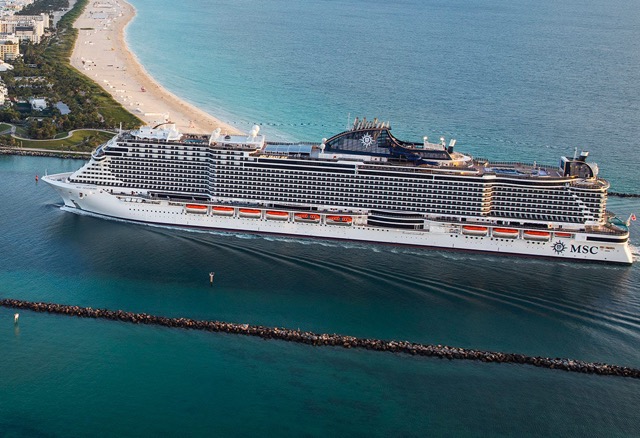What is the Best Boat for Seasickness?

What is the Best Boat for Seasickness?
Nobody wants to get seasick. Some of us get seasick as soon as we step on a boat and others have stomachs or iron. Here’s our recommendations for the best boat for seasickness prone people.

“Roughly one in three individuals is highly susceptible to motion sickness”
What is the Best Boat For Seasickness
How to Alleviate Seasickness
Who is more Prone to Getting Seasick or Motion Sick?
Who is less likely to get seasick?
Is Seasickness More Common in Women or Men?
Does Diet Effect Seasickness?
How to Prevent Seasickness
What is the Best Boat for Seasickness?
For some of us staying on terra firma (land) just isn’t an option. While you can always take drugs like Bonine, Dramamine, Scopolamine, or anti sickness patches before you hop aboard to reduce your chances of getting seasick, this is only a band-aid for those who are truly seasick prone and you still have to deal with the side-effects of the medication. If you must get out on the open ocean or a big lake your best bet is to get on the most stable yet seaworthy platform available.
What to consider when choosing the best Boat for Seasickness
- Size (length)
- Beam (Width)
- Visibility
Seasickness is caused by the body’s movement so ideally the boat that your body is resting on is stable and moving as little as possible. While on a Kona snorkel tour we typically have pretty nice ocean conditions year around you may just book a manta ray night snorkel on a less than ideal night. So if you must venture onto the open ocean what is the best boat for seasickness? Its always going to be the most open and stable boat. This is typically going to be something like a catamaran or a large ship. The Polynesians traveled thousands of miles across the open ocean on catamarans and they are proven designs for sailing and motoring in comfort.
Size Matters
Ideally, if there is some swell (waves in the open ocean) the size of the boat in relation to the size of the swell really matters. So if there is a 6 foot swell and a 10 foot boat it’s going to really be rocking while if there’s a 6 foot swell and you’re on the MSC Seaside you probably won’t even realize it while relaxing in one of it’s 30 pools or hot tubs. Additionally large cruise ships like the MSC Seaside have stabilizers that keep the boat steady. So if you’re looking to cruise on the high seas whilst being wined and dined select the biggest ship you can find. The best boat for seasickness is always going to be the bigger boat.

In Smaller Boats Stability (Width) and Visibility are Important
So let’s say you simply want to go on a captain cook snorkeling tour on the big island of Hawaii and there isn’t a cruise ship option available. There’s still some potential for finding a boat that will work well for this excursion. The width also known as the beam of the boat is one factor that influences the way the boat behaves when bobbing around in the ocean. The wider the beam the less the boat will typically rock back in forth in the water. This can be especially noticeable when the boat is stationary in the water. If the boat is sideways to the swell it will rock back and forth. In this scenario the beam of the boat is most important. So which boat has the most beam you ask? Typically the best boat for seasickness is going to be a catamaran or trimaran. Here in Kona it will be a boat like the Sea Paradise Hoku Nui. A catamaran is typically low to the water and wide. With a boat like the Hoku Nui you’ll have a stable and comfortable ride while also getting a great 360 degree view due to its open bow design.

Anti-Motion Tech
Are you already a boat owner and you just want to make it go away? Check out this super neat tech called Seakeaper. It’s a vacuum sealed and cooled gyroscope that spins continuously at up to 557 mph while the boat is stationary or underway. When it’s spinning the boat’s motion can be reduced up to 95%

How to Alleviate Seasickness
Seasickness is caused by motion that does not match up with what you see. So if the boat is moving and rocking while you stare down at the deck or and tucked away in your cabin your eyes will see only stillness while your body is actually moving. The best way to prevent yourself from getting motion sick is to see the sea. If you’re in a cabin look out the window or go outside and stare at the horizon. If you’re looking down at the deck look up! Stop reading and look at our surroundings outside of the boat.
Once you start to feel green this is a great way to combat the feeling that once it starts can be difficult to stop. Another great seasickness cure is to simply go to sleep. Seasickness drugs cause drowsiness so just go with it! Laying down and napping is probably THE best seasickness cure available.
Who is more Prone to Getting Seasick or Motion Sick?
A study published in Human Molecular Genetics found that about 1/3 of people are highly susceptible to motion sickness. The study covered people mostly of European descent 31 and older. Overall females and younger people report a higher incidence of motion sickness. People who are poor sleepers, suffer from vertigo or are susceptible to getting migraines tend to be more prone to seasickness. Pregnant women and children are also more likely to get seasick. It’s nearly impossible to get seasick if you’re sleeping.
What other factors are related to getting seasick?
- Irritable bowel syndrome (IBS)
- Acid reflux
- Stomach upset with antidepressants,
- Codeine and non-steroidal anti-inflammatory drugs (NSAIDs)
- Indigestion with dairy products
- Poor sleep
- Poor circulation
- Altitude sickness
- Hay fever
- Neuroticism
- More Sleep needed
- Sleepy During the Day
- Lightheaded During Excercise
- Drowsiness From Benadryl
- More easily Stressed
- Frequent Back Pain
- Headache after Red Wine
Who is less likely to get seasick?
- Men
- Tobacco Use
- Good Sense of Direction
- Higher Body Mass Index
- Good at Handling Stress
- Sound Sleepers
- Positive Attitude Towards Self
- Punctuality
- Adventurous
Is Seasickness More Common in Women or Men?
According to the study in Human Molecular Genetics motion sickness is self reported as being more common in women which makes it likely that women are also more prone to seasickness. Seasickness is a form of motion sickness. Another study of pilots found that 75% of female pilots experienced airsickness while 24% of male pilots did.
Does Diet Effect Seasickness?
The short answer is yes. According to the article The Relationship of diet to airsickness there were several factors contributing to an increased likelihood of airsickness which is a close cousin of seasickness in the motion sickness family. Eating less frequently, and lower calorie and protein rich foods should help. Consider a salad or something filling but light and eat it well in advance of traveling. Stay away from the sausage!

“Keep away from the sausage!”
Dietary Factors Increasing the Likelihood of Motion Sickness
- Higher Frequency of eating
- Higher Calorie Foods
- High Sodium Foods
- Foods High in Thiamine (Vitamine B1)
- High Protein Foods
Thiamine is found in meats, fish, and whole grains. It’s also added to breads and cereals.
Here is a list of foods high in thiamine:
- Fortified breakfast cereals
- Yogurt
- Enriched Breads, Cereal, Noodles and Rice
- Green Peas
- Fish
- Pork
- Beans, Lentils
- Sunflower Seeds
Here’s some Foods Low in Thiamine
- Chickpeas
- Soy
- Potatoes
- Pasta
How to Prevent Seasickness
Of course the best thing is to prevent seasickness altogether. Check out our guide on How to Prevent Seasickness from the start.

Kona Snorkel Trips is Hawaii’s top rated and most reviewed snorkel company. We run up to 4 snorkel tours a day on our 28′ RHIB boat. People love our Kona snorkel tours as they keep coming back for more sometime bringing their friends and family along. To see the snorkel tours we have available check out our tours page. Or, if you’re really prone to getting seasick check out our Guide to the Best Snorkeling Big Island has and go from shore.
Frequently Asked Questions
Are bigger boats better for sea sickness?
Yes. The bigger the boat, the larger the ocean swell must be to disturb it. Bigger boats often have stabilizers as well to help keep them from rocking in rough seas. While they won’t keep them perfectly still, they do help. One downside of a larger boat is if you’re in the interior and you can’t see the horizon you may get seasick easier than on a smaller boat where you can look out and sync the motion of the boat with the world around it.
Where do you get less seasick on a boat?
Is front or back of ship better for seasickness?
The back (stern) is typically going to experience less motion than the front. Of course it depends on the boat and the swell type but this is usually the case. On some boats there may be exhaust fumes near the back so take that into account when choosing your spot.
Can you get over seasickness on a boat?
What Helps Extreme Seasickness?
Once you begin to feel really sick looking at the horizon won’t help much. They these things.
- Lay Down
- Go to sleep
- Stay away from smells
- Suck on a Ginger candy
